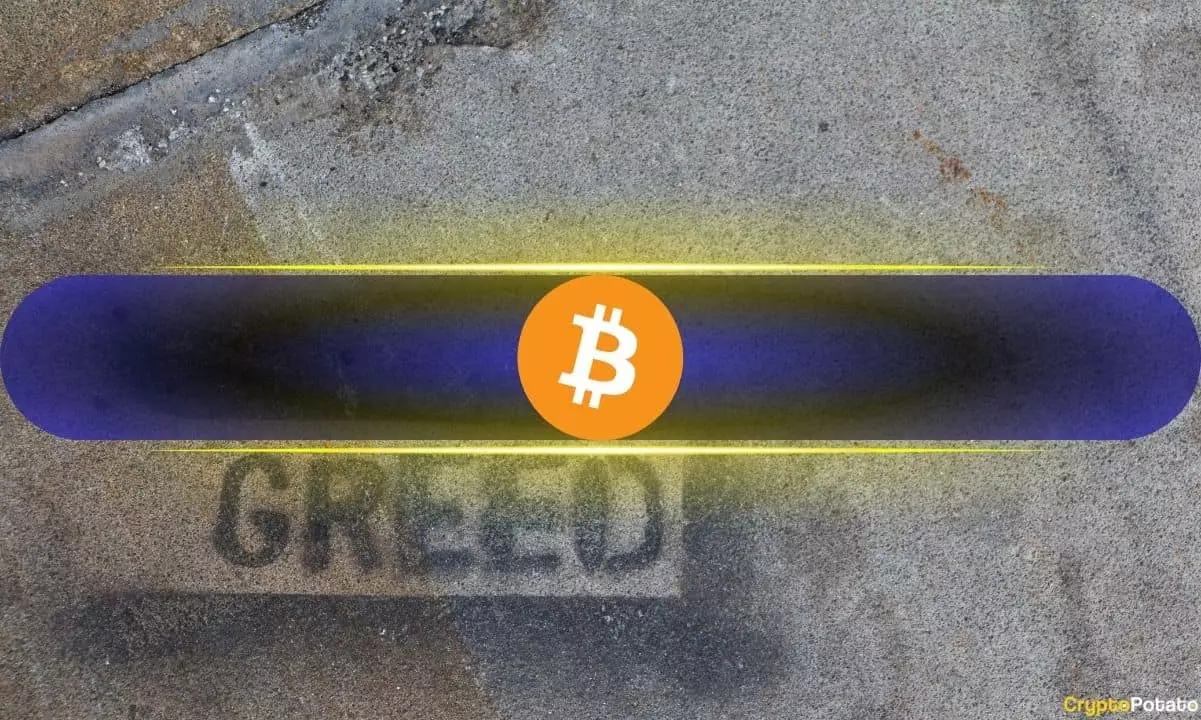Recent developments in the cryptocurrency market have led Bitcoin (BTC) to exceed the monumental $60,000 mark, igniting a wave of excitement and greed among investors. This sentiment shift is meticulously captured by the Fear and Greed Index, which has transitioned from a cautionary stance to one of exuberance within a matter of days. As of now, the Index stands at an impressive 71, indicating a strong presence of greed—an environment where investors are often driven by the fear of missing out (FOMO) on potential profits.
Just a week ago, investors were gripped by fear as market conditions fluctuated. During this period, the Fear and Greed Index languished in the lower ranges, reflecting widespread apprehension. Notably, it registered a low of 32 on October 11, a clear sign that traders were hesitant, particularly when BTC stumbled below the pivotal $60,000 threshold. This narrative underscores the volatility characterizing the crypto market; rapid changes can alter investor psychology dramatically, causing them to oscillate between fear of loss and the thrill of gain.
The month of September witnessed an ongoing struggle, as the index mostly floated in the fear and stable zones. The occasional rallies, such as the brief peak to $65,000, only provided momentary relief and did not significantly shift overall market sentiment. Now, with Bitcoin’s impressive rally crossing the $68,000 mark, we see a different story; traders are clamoring to capitalize on the upswing, which often forebodes the possibility of a subsequent market correction.
The latest data points reveal Bitcoin currently trading around $67,000 after hitting a peak of $68,400 on October 16. This volatility fuels investors’ greed as they brace for further profits amid the emotional landscape shaped by the Fear and Greed Index. However, history teaches us that periods of intense greed can precede sharp corrections. The fluctuation experienced in July, following BTC’s surge to $68,000, serves as a warning; a sudden downturn—exacerbated by external factors like the Japanese yen crisis—resulted in a significant price drop to around $53,000 shortly thereafter.
As we speculate on the future, it’s essential to recognize the dual-edged nature of a greedy market. While increasing demand and the anticipation of a sustained bull cycle stimulate optimism, they also signal caution. Market analysts frequently portray the most beneficial investment opportunities occurring during declines, yet the current atmosphere of greed may obscure these critical insights for many retail investors.
The Fear and Greed Index serves as a vital tool for navigating the emotional landscape of the cryptocurrency market, especially during BTC’s current ascent. As investors traverse these volatile waters, maintaining awareness of the psychological triggers impacting their decisions becomes paramount. Whether this surge will yield substantial long-term gains or yield to an impending market correction remains to be seen. For now, those who engage actively in this volatile trading environment must balance their ambitions with the sobering realities of market dynamics.

